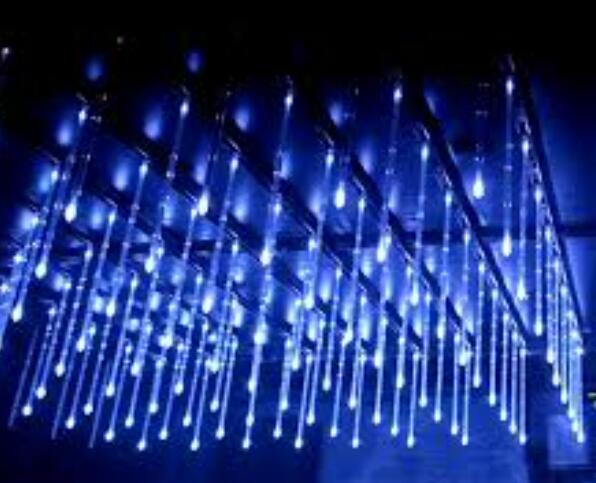An LED tube light is a type of lighting fixture that uses Light Emitting Diodes (LEDs) to produce light. They are designed to replace traditional fluorescent tube lights in various settings, including residential, commercial, and industrial environments. Here’s an in-depth look at LED tube lights:

Features of LED Tube Lights
-
Energy Efficiency:
-
Low Power Consumption: LED tube lights consume significantly less power compared to fluorescent tubes, often resulting in energy savings of 50-70%.
-
High Lumen Output: Despite lower wattage, LEDs provide bright and efficient lighting.
-
Long Lifespan:
-
Durability: LEDs have a much longer operational life, typically lasting 30,000 to 50,000 hours or more, compared to 10,000 to 15,000 hours for fluorescent tubes.
-
Less Frequent Replacement: This reduces maintenance costs and the inconvenience of frequent replacements.
-
Environmental Benefits:
-
No Toxic Elements: Unlike fluorescent lights, LEDs do not contain mercury or other hazardous substances, making them more environmentally friendly.
-
Reduced Carbon Footprint: Lower energy consumption translates to reduced greenhouse gas emissions from power plants.
-
Quality of Light:
-
Instant On: LEDs reach full brightness instantly without any warm-up time.
-
No Flickering: Provides stable and consistent light without the flicker commonly associated with fluorescent tubes.
-
High CRI (Color Rendering Index): LED tube lights have a higher CRI, providing better color accuracy and quality of light.
-
Versatility:
-
Variety of Color Temperatures: Available in various color temperatures, ranging from warm white (2700K) to cool daylight (6500K), catering to different lighting needs.
-
Various Sizes and Shapes: Available in standard lengths such as 2 feet, 4 feet, and 8 feet, with designs that can fit existing fixtures.
Types of LED Tube Lights
-
Type A (Plug and Play):
-
Ballast Compatible: Designed to work with existing fluorescent ballasts, making installation easy without rewiring.
-
Direct Replacement: Simply replace the fluorescent tube with an LED tube.
-
Type B (Ballast Bypass):
-
Direct Wire: Requires rewiring to bypass the existing ballast. This type connects directly to the mains power.
-
Higher Efficiency: Eliminates the ballast, reducing energy consumption and potential maintenance issues.
-
Type C (External Driver):
-
External Driver: Uses an external driver instead of an internal one, providing better control and efficiency.
-
More Complex Installation: Requires professional installation due to the need for an external driver.
-
Hybrid (Type A/B):
-
Versatile Use: Can operate with or without a ballast, offering flexibility in installation and use.
Applications of LED Tube Lights
-
Residential:
-
Kitchens: Provides bright and efficient lighting for cooking and food preparation.
-
Garages: Suitable for areas requiring robust and reliable illumination.
-
Commercial:
-
Offices: Creates a comfortable and productive working environment.
-
Retail Stores: Enhances product displays and customer experience.
-
Industrial:
-
Warehouses: Ensures adequate lighting for safety and productivity.
-
Manufacturing Facilities: Offers bright and efficient lighting for various industrial processes.
-
Public Spaces:
-
Schools and Hospitals: Provides reliable and high-quality lighting essential for such environments.
-
Parking Garages: Improves visibility and safety.
Considerations When Choosing LED Tube Lights
-
Compatibility: Ensure the LED tube is compatible with your existing fixtures and ballasts (if applicable).
-
Color Temperature: Select the appropriate color temperature based on the application and desired ambiance.
-
Lumens and Wattage: Choose the right balance of lumens and wattage for adequate brightness and energy efficiency.
-
Quality and Certifications: Look for quality certifications such as UL, DLC, CE, and RoHS to ensure safety and performance.
-
Cost: Consider the initial investment versus long-term savings in energy and maintenance.
By understanding these aspects, you can select the right LED tube lights for your needs, providing efficient, long-lasting, and environmentally friendly lighting solutions.


